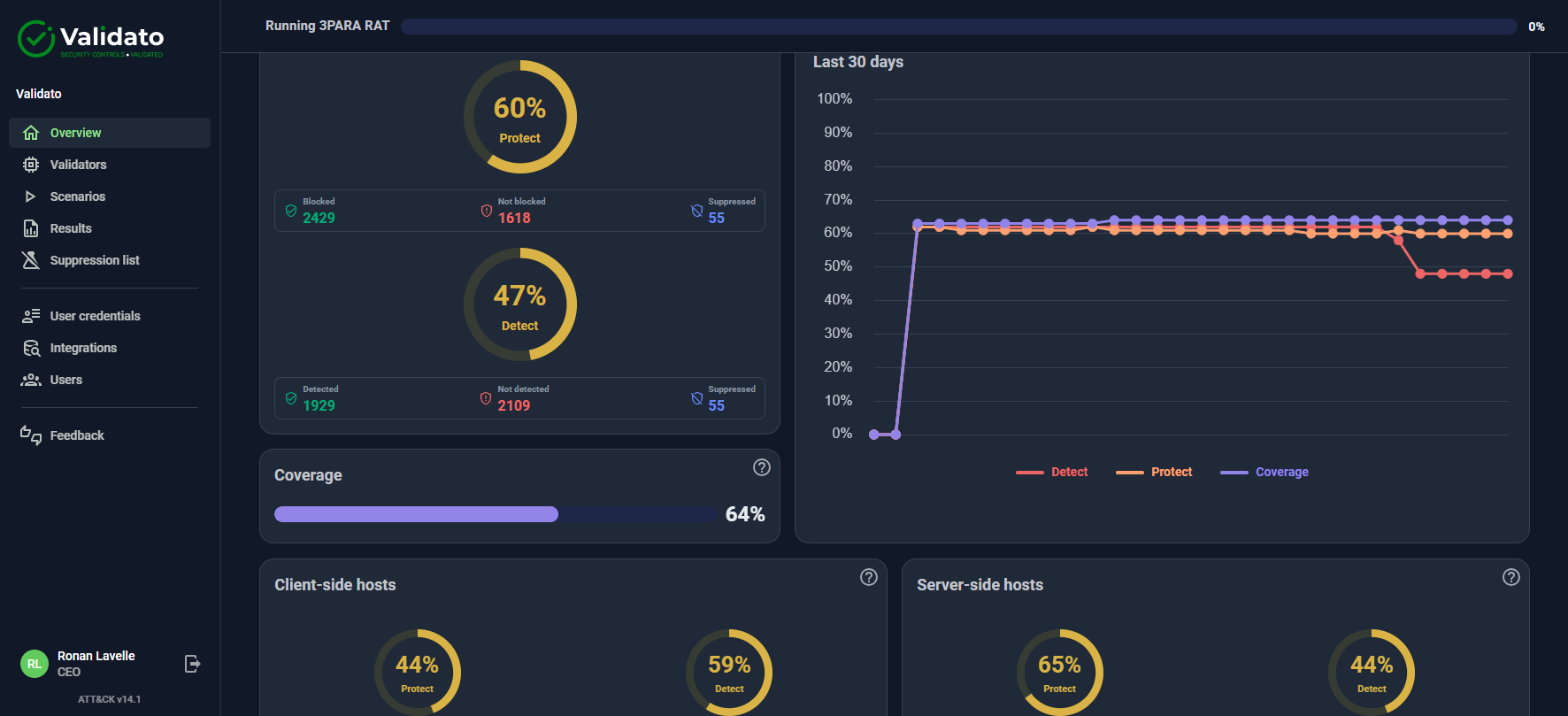The European Union’s Digital Operational Resilience Act, or DORA, is a sweeping piece of legislation reshaping how financial entities in the EU handle cyber security and operational resilience. DORA compliance isn’t just a regulatory requirement—it’s imperative to safeguard critical financial systems. It also maintains customer trust in the face of relentless cyber threats. This article explains why Automated Cyber Resilience Testing is the key to DORA compliance.
To effectively prepare for DORA, organisations need to take their cyber security testing beyond traditional methods. Automated cyber resilience testing using Breach & Attack Simulation (BAS) technology is a game-changer, providing a continuous, data driven approach to maintaining a robust security posture.
What is DORA and Why Does It Matter?
Let’s take a quick look at the goals and implications of DORA:
- DORA’s Scope: DORA applies to a wide range of financial institutions, including banks, insurance companies, investment firms, and critical third-party ICT providers.
- Focus on Operational Resilience: DORA emphasises not just preventing cyber attacks, but also ensuring organisations can maintain operational continuity and recover rapidly from disruptions.
- Emphasis on Testing: One of DORA’s central pillars is comprehensive digital operational resilience testing. This involves simulating real-world attack scenarios to stress-test an organisation’s defences.
- Harmonisation and Streamlining: DORA aims to streamline cyber security regulations throughout the EU, replacing the patchwork of existing national laws.
The Limitations of Traditional Cyber Security Testing
Before we dive into automated cyber resilience testing, let’s understand why traditional methods might leave an organisation unprepared for the rigours of DORA.
- Infrequent and Limited Scope: Penetration tests and vulnerability scans are often conducted on a periodic basis, providing only a snapshot of security in time.
- Manual Processes: Traditional testing techniques tend to be heavily manual, which can be time-consuming, prone to human error, and difficult to scale.
- Reactive Approach: Traditional methods often focus on finding and fixing vulnerabilities after they’re known, rather than proactively testing against the latest attack techniques used by adversaries.
The Rise of Automated Cyber Resilience Testing with BAS
Breach & Attack Simulation (BAS) platforms revolutionist cyber security testing by automating the process of simulating real-world cyber attacks. Here’s how BAS provides a superior approach to DORA preparedness:
- Regular Testing: BAS platforms can run regular simulated attacks, constantly validating your security posture as it changes.
- Comprehensive Coverage: BAS can test a wide range of attack vectors, from network and application exploits to social engineering and data exfiltration attempts.
- Attacker’s Perspective: BAS gives you crucial insights into how a real attacker might target your organisation, revealing weaknesses traditional testing may miss.
- Data-Driven Insights: BAS generates actionable metrics, reports, and visualisations, helping you quantify risks, track progress, and make informed security investments.
Key Elements of BAS-powered Cyber Resilience Testing
When implementing BAS for cyber resilience preparedness, consider these critical features:
- Testing Threat Intelligence: BAS platforms should draw on the latest threat intelligence to mimic the tactics, techniques, and procedures (TTPs) of real-world cyber criminals.
- Safe Execution: Attacks should be simulated in a highly controlled environment to prevent any actual disruption to your systems.
- Across the Kill Chain: BAS should test defences across the entire cyber attack kill chain, from initial reconnaissance to data exfiltration, but with a focus on identifying key adversarial techniques to harden security controls around to limit damage and exposure.
- Holistic Testing: Cyber resilience is measured in terms of detection and prevention of cyber threats. BAS solutions are able to comprehensively test the effectiveness of security controls to detect and prevent adversarial methods and techniques.
How BAS Prepares You for DORA Compliance
BAS aligns directly with DORA’s requirements and can help you meet critical aspects of compliance:
- ICT Risk Management: BAS helps you proactively identify and prioritise cyber security risks across your entire IT infrastructure.
- Incident Reporting: BAS provides valuable data on potential attack consequences, aiding in timely and accurate incident reporting to regulators.
- Digital Operational Resilience Testing: BAS fulfills the core requirement of comprehensive, scenario-based resilience testing.
- Information Sharing: Some BAS platforms facilitate secure information sharing with relevant stakeholders or cyber security communities.
- Third-Party Risk Management: BAS can be used to continuously vet ICT third-party service providers and monitor their security posture.
The specific articles in the EU DORA legislation that mandate Cyber Resilience testing aren’t explicitly defined yet. However, the DORA Act itself lays the groundwork for this requirement.
Here’s What We Know
DORA and Testing: The Act emphasises the need for Operational Resilience Testing Programs. These programs must be conducted following a risk-based approach and align with best practices.
Timeline: DORA came into effect in January 2023, but the application date is January 2025. The European Supervisory Authorities (ESAs) are still finalising the technical standards related to testing requirements.
“While we wait for the final details, it’s safe to say that DORA paves the way for mandatory Cyber Resilience testing in the financial sector,” says Andrew Brown, CTO of Validato.
Why Validato for DORA and Automated Cyber Resilience Testing
Validato is the natural choice for organisations looking to regularly test cyber resilience as part of a DORA compliance management programme.

Validato is a threat-led attack simulation platform that enables IT and Information Security teams to safely and regularly test their resilience against key threats that are known to target financial services organisations. Key features of Validato with respect to DORA compliance are:
- 100s of cyber threat scenarios ready to test
- 100% based on MITRE ATT&CK
- Threat-based attack simulations can be executed in 3 mouse clicks without prior deep offensive security knowledge or experience
- Ability to create new custom threat simulation in minutes
- Cyber resilience test results in minutes showing how security controls were able to detect and/or protect against simulated attacks
- Step-by-step guidance and remediation procedures to strategically harden environments to close security gaps
Book a demonstration of Validato today by clicking here.


